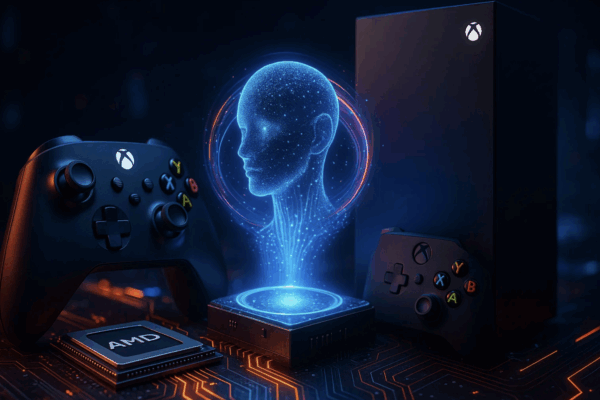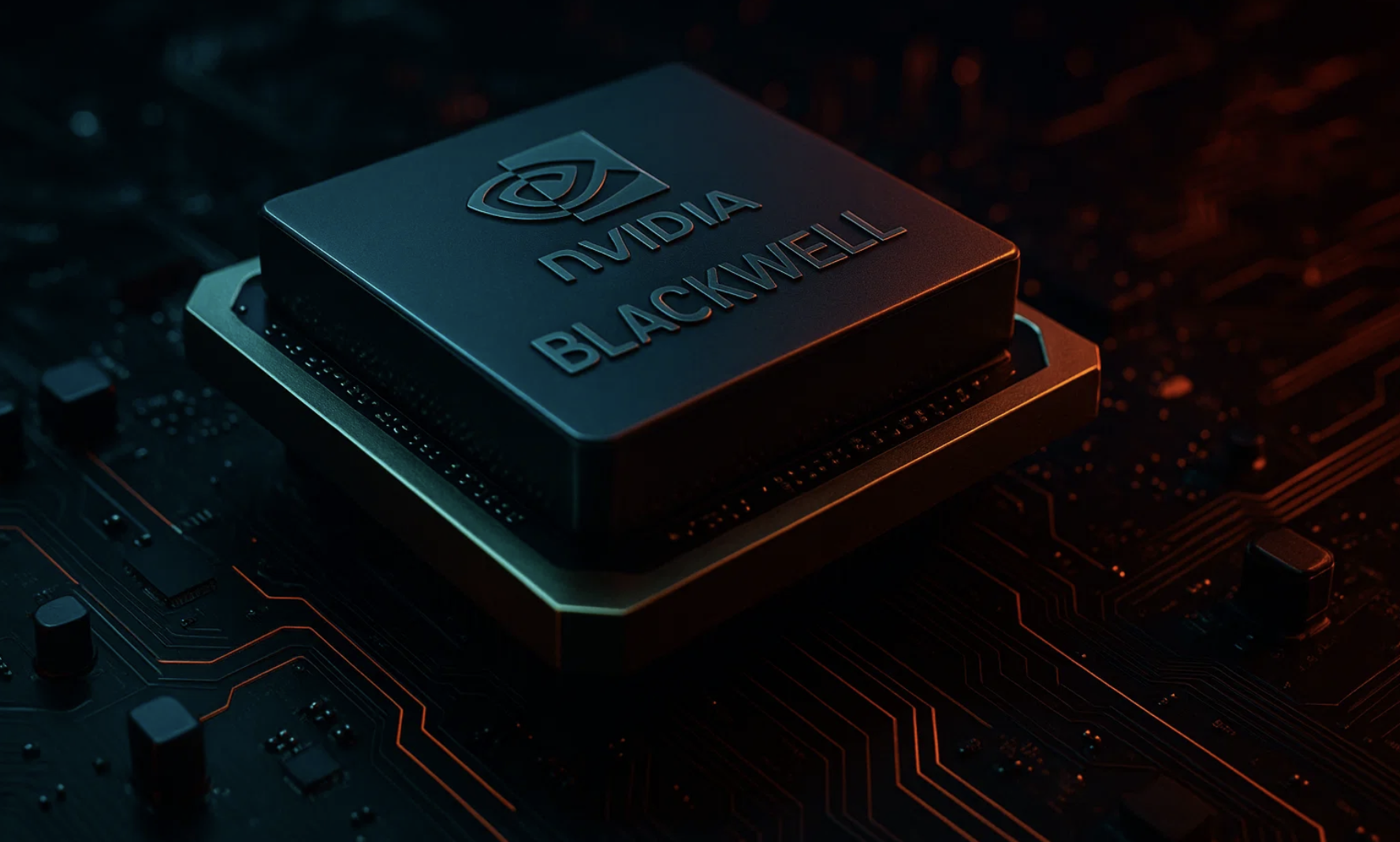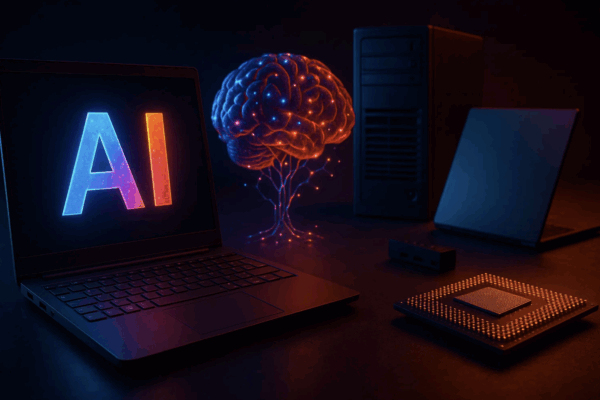

Nvidia Blackwell Chip Sparks Debate in the Global Tech Race
The world of technology is constantly evolving, and at the center of this rapid transformation lies the semiconductor industry. In 2025, one name continues to dominate discussions across boardrooms, research labs, and investment circles: Nvidia’s Blackwell chip. Marketed as one of the most advanced processors ever designed for artificial intelligence and high-performance computing, the Blackwell chip is not just a piece of hardware—it is a symbol of the global race to lead in AI innovation.
As the semiconductor market grows increasingly competitive, Blackwell has emerged as both a breakthrough and a lightning rod for debate. Questions about energy efficiency, pricing, accessibility, and geopolitical implications have positioned the chip at the center of conversations about the future of computing.
What Makes Nvidia Blackwell Stand Out?
The Blackwell architecture represents a significant leap forward compared to its predecessors. Built to handle the enormous data demands of AI models, it focuses on three major areas:
-
Performance scaling: Designed to process billions of parameters in machine learning models at unmatched speeds.
-
Energy efficiency: Despite its raw power, Nvidia has emphasized improvements in performance-per-watt, making Blackwell attractive for companies concerned with data center costs.
-
Versatility: Suitable for applications ranging from AI model training and cloud computing to graphics rendering and scientific simulations.
This blend of raw computational power and refined energy management makes Blackwell a cornerstone of the next generation of AI-driven technologies.
Why the Blackwell Chip Is Sparking Debate
With every technological advancement comes controversy, and Blackwell is no exception. The debates around this chip fall into several categories:
1. The Cost Factor
Blackwell is projected to be among the most expensive processors available, raising concerns about accessibility. While large tech firms may absorb the cost, smaller startups and research institutions may find it difficult to adopt. This has led to questions about whether innovation will become concentrated in the hands of only a few well-funded players.
2. Energy Consumption and Sustainability
Although Nvidia claims Blackwell is more efficient than previous generations, the demand for large-scale AI training is massive. Data centers powered by chips like Blackwell still consume enormous amounts of electricity. Environmental advocates argue that efficiency gains may not offset the rising global energy usage of AI infrastructure.
3. Geopolitical Tensions
Semiconductors are no longer just a business matter—they are a geopolitical asset. Countries are racing to secure access to cutting-edge chips like Blackwell to maintain technological leadership. This has sparked global conversations about supply chains, export controls, and national security.
4. Competition in the Market
While Nvidia is enjoying early momentum with Blackwell, competitors like AMD, Intel, and specialized AI hardware startups are not far behind. Some analysts argue that rival chips could offer better cost-performance ratios, threatening Nvidia’s dominance.
The Role of Blackwell in the AI Boom
AI applications—from generative text models to autonomous vehicles—require massive computing resources. The Blackwell chip has been positioned as the backbone of this new era, enabling organizations to train and deploy next-level AI models with greater efficiency.
Cloud providers are already preparing to integrate Blackwell into their offerings, giving enterprises worldwide access to its capabilities. In doing so, Nvidia has ensured that its chip is not just a product, but an entire ecosystem driver for AI adoption.
Industry Reactions: Excitement and Skepticism
-
Supporters praise Blackwell as a revolution, pointing to its ability to accelerate workloads that previously took weeks into tasks completed in days or even hours.
-
Critics argue that the hype surrounding Blackwell may overshadow practical issues such as cost barriers, software compatibility, and the risk of over-reliance on a single vendor.
This balance of enthusiasm and skepticism is what makes the chip such a focal point in the global tech race.
The Bigger Picture: A Global Tech Race
The Blackwell chip is not just about performance; it represents a larger battle for technological supremacy. Nations and corporations are aligning strategies to ensure they remain competitive in AI innovation. Access to chips like Blackwell could influence who leads in industries ranging from healthcare diagnostics to defense systems.
In many ways, Nvidia’s latest innovation highlights the interconnectedness of technology, economics, and geopolitics. Whoever wins this race will not only shape markets but also set the agenda for how societies adopt and regulate AI.
Looking Ahead
As Nvidia continues to roll out Blackwell, the debates around its role will only intensify. Will the chip accelerate innovation for all, or will it widen the gap between tech giants and smaller players? Will its efficiency gains keep pace with global energy demands? And perhaps most importantly, will Nvidia maintain its lead as competitors rush to unveil alternatives?
What is clear is that the Blackwell chip has already redefined the conversation around semiconductors in 2025. Whether one views it as a symbol of progress or a source of concern, its impact on the global tech race is undeniable.
Final Thoughts
The story of the Nvidia Blackwell chip is about more than technology—it is about the future of innovation in a world where computing power is the new oil. From Wall Street to Silicon Valley, from policymakers to engineers, everyone is watching how this chip reshapes the competitive landscape.
For now, Blackwell stands as both a triumph of engineering and a reminder that every leap in innovation comes with new questions. The coming years will reveal whether Nvidia’s bet on Blackwell secures its place at the top of the semiconductor industry—or sparks even fiercer competition in the global AI arms race.



